Mismanagement on Fraser Island to blame for recent dingo incident
 While expressing sympathy for the child injured by a dingo on Fraser Island around midnight on April 18, and for the child’s parents, the National Dingo Preservation and Recovery Program (NDPRP) wishes to draw attention to the long-term mismanagement of the high conservation value dingo population on the island by the Queensland authorities. The NDPRP considers that the continued mismanagement of tourism to Fraser Island by the Queensland government and of the dingo population by the Queensland environmental authorities have been major contributing factors in such incidents.
While expressing sympathy for the child injured by a dingo on Fraser Island around midnight on April 18, and for the child’s parents, the National Dingo Preservation and Recovery Program (NDPRP) wishes to draw attention to the long-term mismanagement of the high conservation value dingo population on the island by the Queensland authorities. The NDPRP considers that the continued mismanagement of tourism to Fraser Island by the Queensland government and of the dingo population by the Queensland environmental authorities have been major contributing factors in such incidents.
(Posted on behalf of the National Dingo Preservation and Recovery Program Inc.)
Tourism numbers to Fraser Island have grown over the past decade to mass proportions which are not consistent with the preservation of the environmental and wildlife values which are the basis of the Island’s World Heritage Listing status. This is particularly the case at peak visitation periods like Easter.
What should be managed as a high conservation, ecotourism location of world significance is being marketed as a cash cow for mass tourism. Much of this mass tourism impacts on dingo breeding locations and the dingoes simply cannot avoid the human traffic. Instead of tourist visitation to the island being managed as a privilege, and visitor numbers restricted accordingly, Fraser Island is being managed as a Disney style theme park.
Camping on Fraser Island should be strictly limited to designated camping areas, which exclude dingoes. Poorly regulated, free range camping on a mass scale should not be permitted. An alternative management approach of this kind would respect the high environmental values of the island, protect campers and limit visitation numbers to manageable levels. Wilson's Promontory in Victoria is an example of this superior management approach.
Serious questions remain about whether tourists to Fraser Island are properly informed by the authorities about dealing with dingoes and how to avoid negative contacts with them. Current visitation numbers are so great that this cannot be done properly. Questions also remain as to whether the ranger presence is great enough in popular camping locations on the island, like the one where this incident occurred. Was the family involved in this incident approached and informed by rangers about safe behaviour? The announcement by island authorities that the ranger presence will be stepped up in the wake of this incident is too little too late.
The simplistic and environmentally irresponsible approach of killing dingoes involved in such incidents cannot continue. Evidence shows that the genetic diversity of the island’s dingo population may already have been damaged by routine killing. The problem is not with the dingoes, which are part of Fraser Island unique ecosystem. It rests with the commercial mind set of the Queensland government, which looks upon the World Heritage Listing status of Fraser Island as an opportunity for maximising the tourist dollar at all costs.
Dr Ernest Healy
Secretary,
National Dingo Preservation and Recovery Program Inc. A0051763G

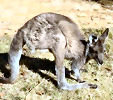 Read this most amazing - albeit short - account of the latest success of wildlife carers Professor Steve Garlick and his wife Dr Rosemary Garlick, and their protocol. Perhaps wildlife carers may be inspired to learn from these carers, instead of putting such a badly injured kangaroo in the 'too hard' basket and euthanasing?
Read this most amazing - albeit short - account of the latest success of wildlife carers Professor Steve Garlick and his wife Dr Rosemary Garlick, and their protocol. Perhaps wildlife carers may be inspired to learn from these carers, instead of putting such a badly injured kangaroo in the 'too hard' basket and euthanasing?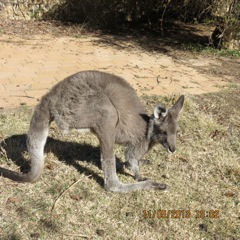
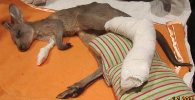
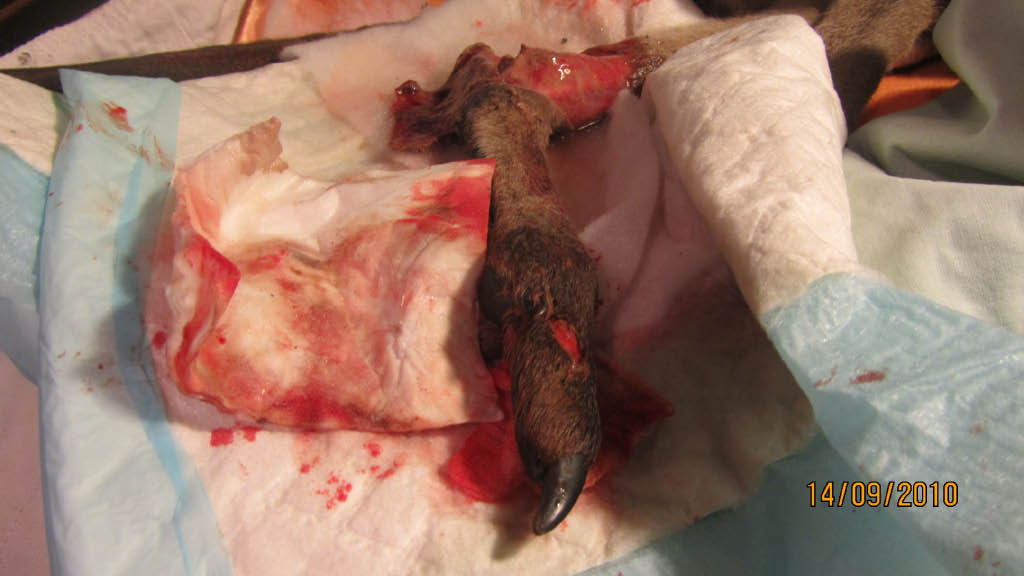
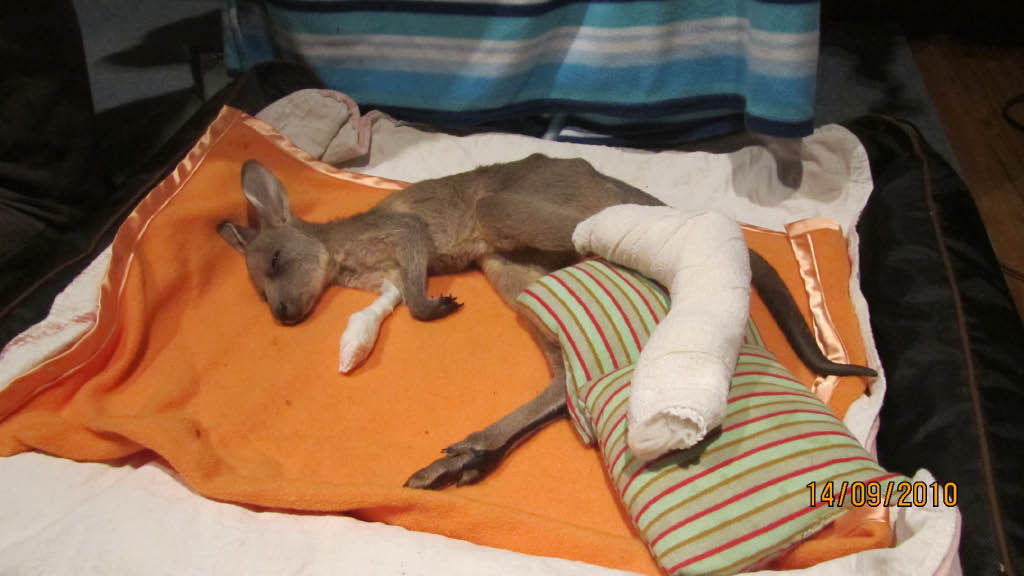
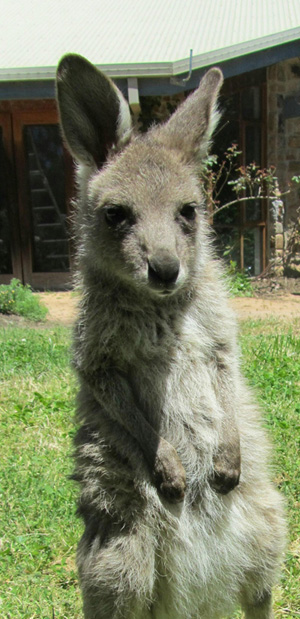
Recent comments